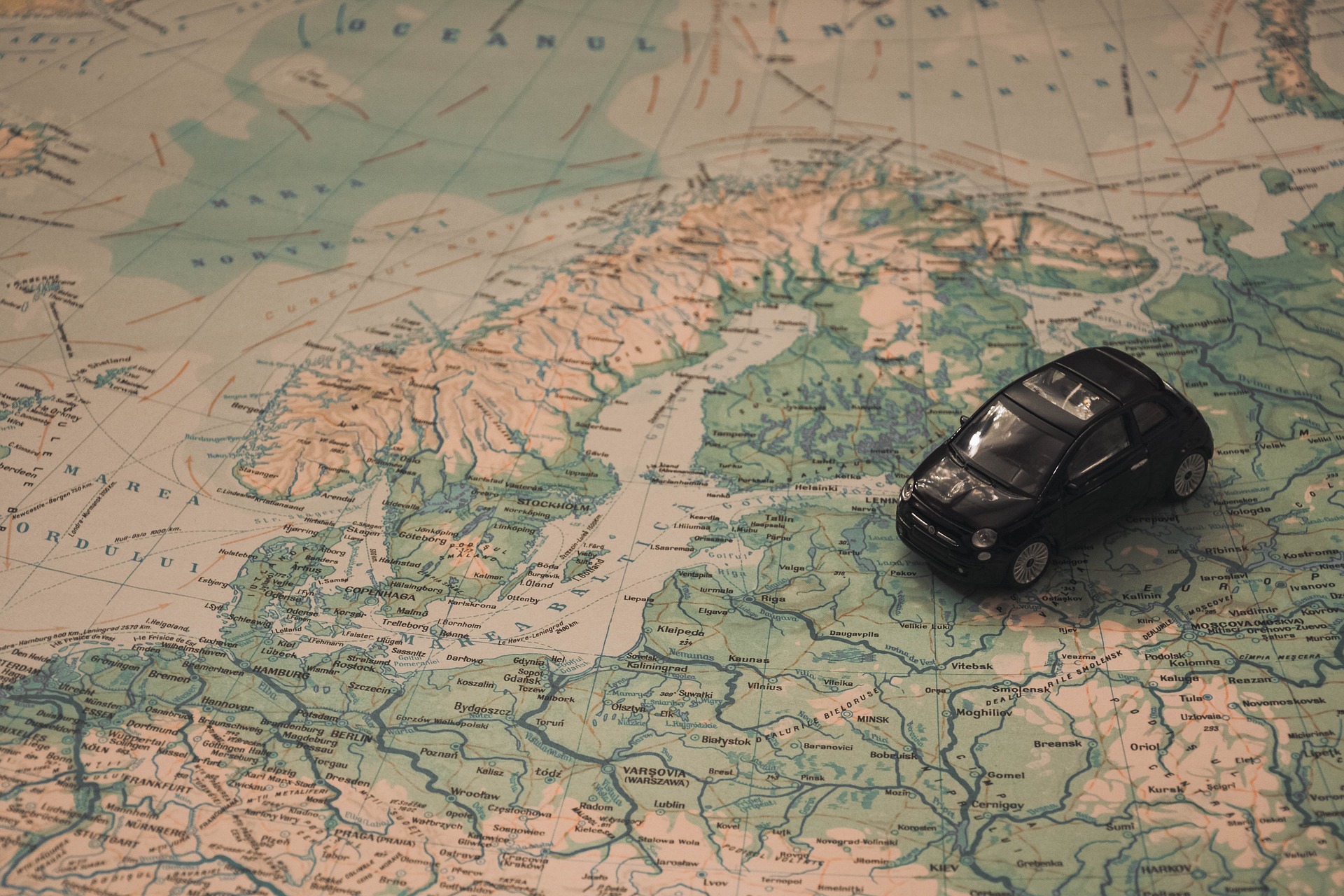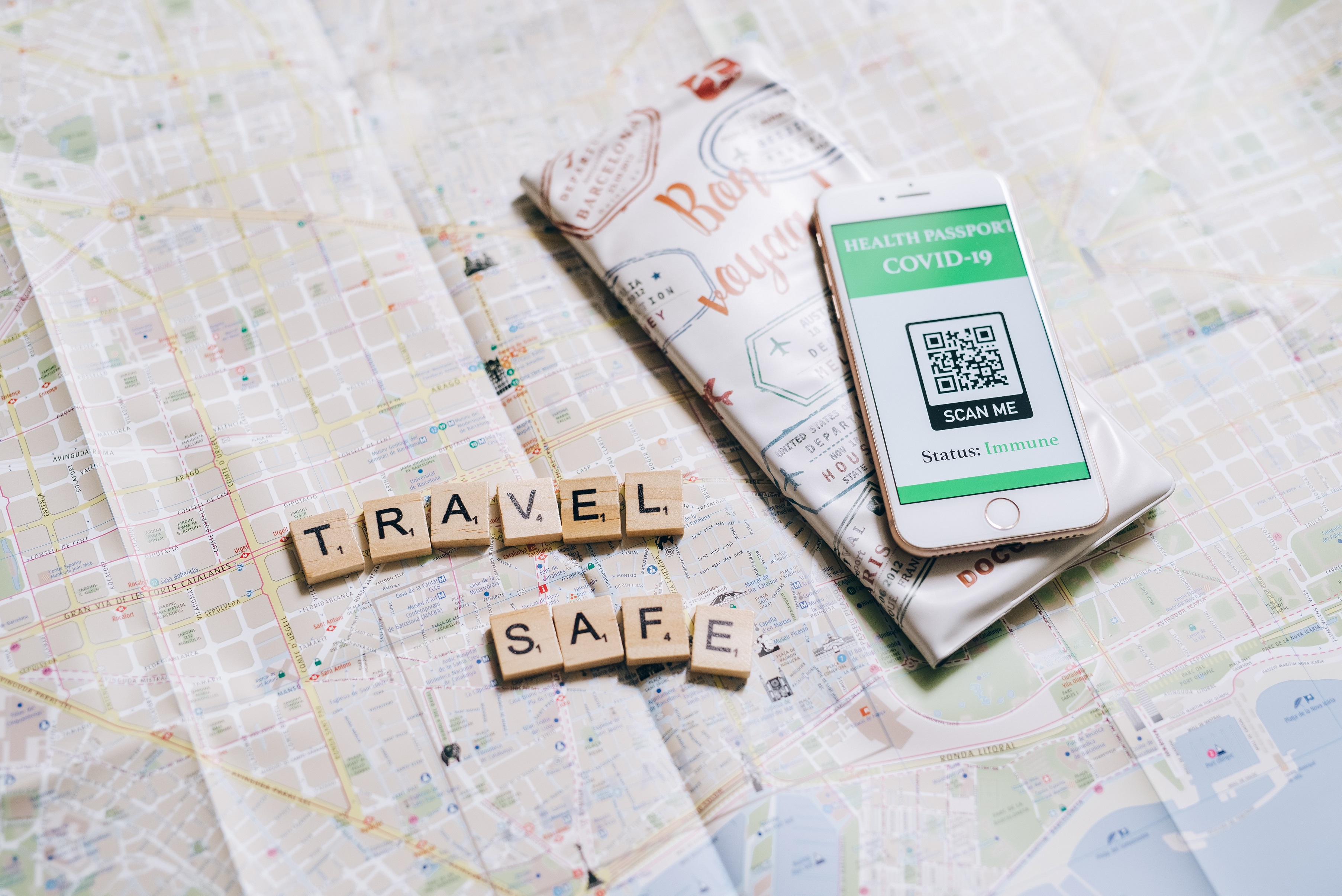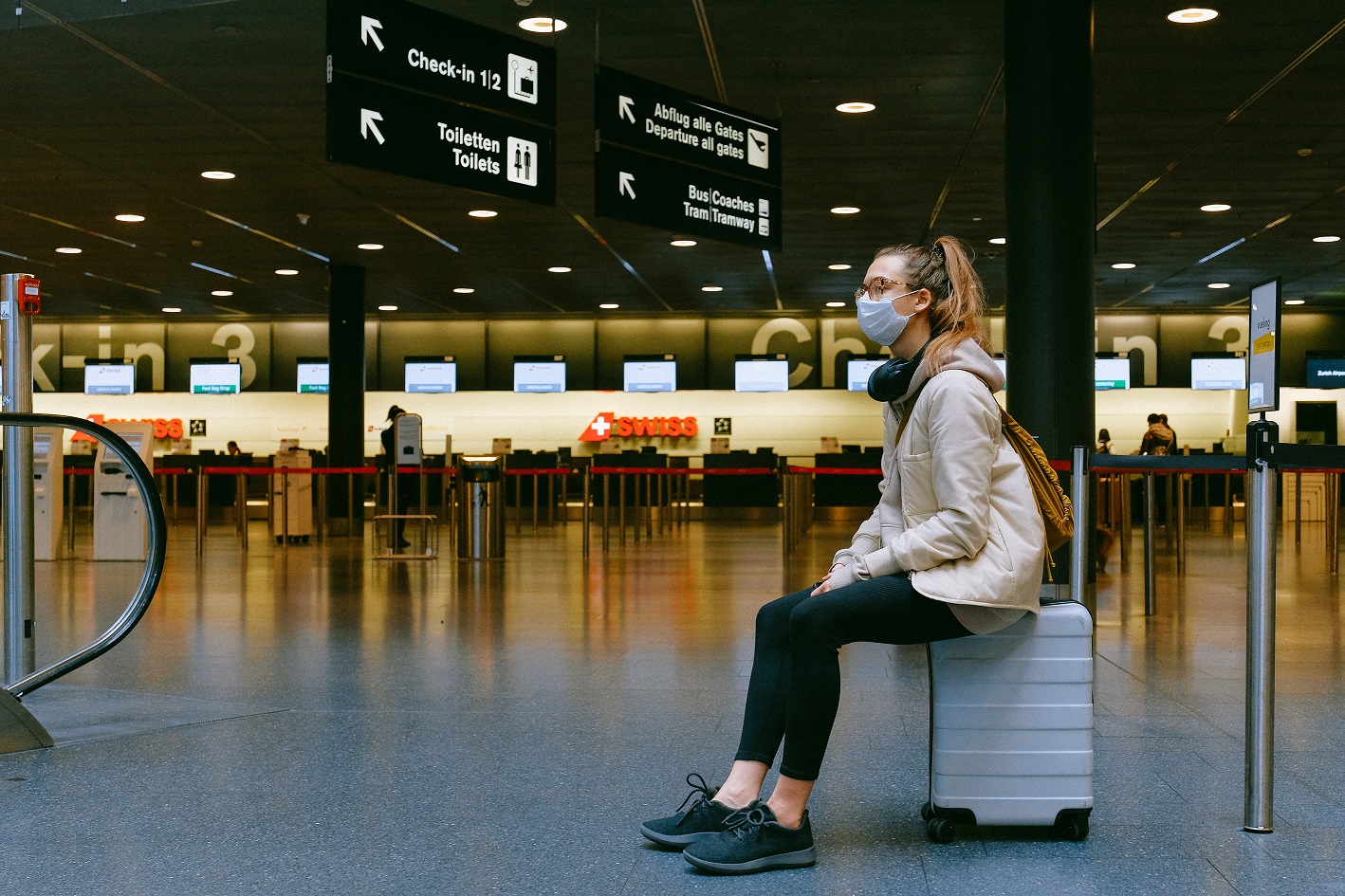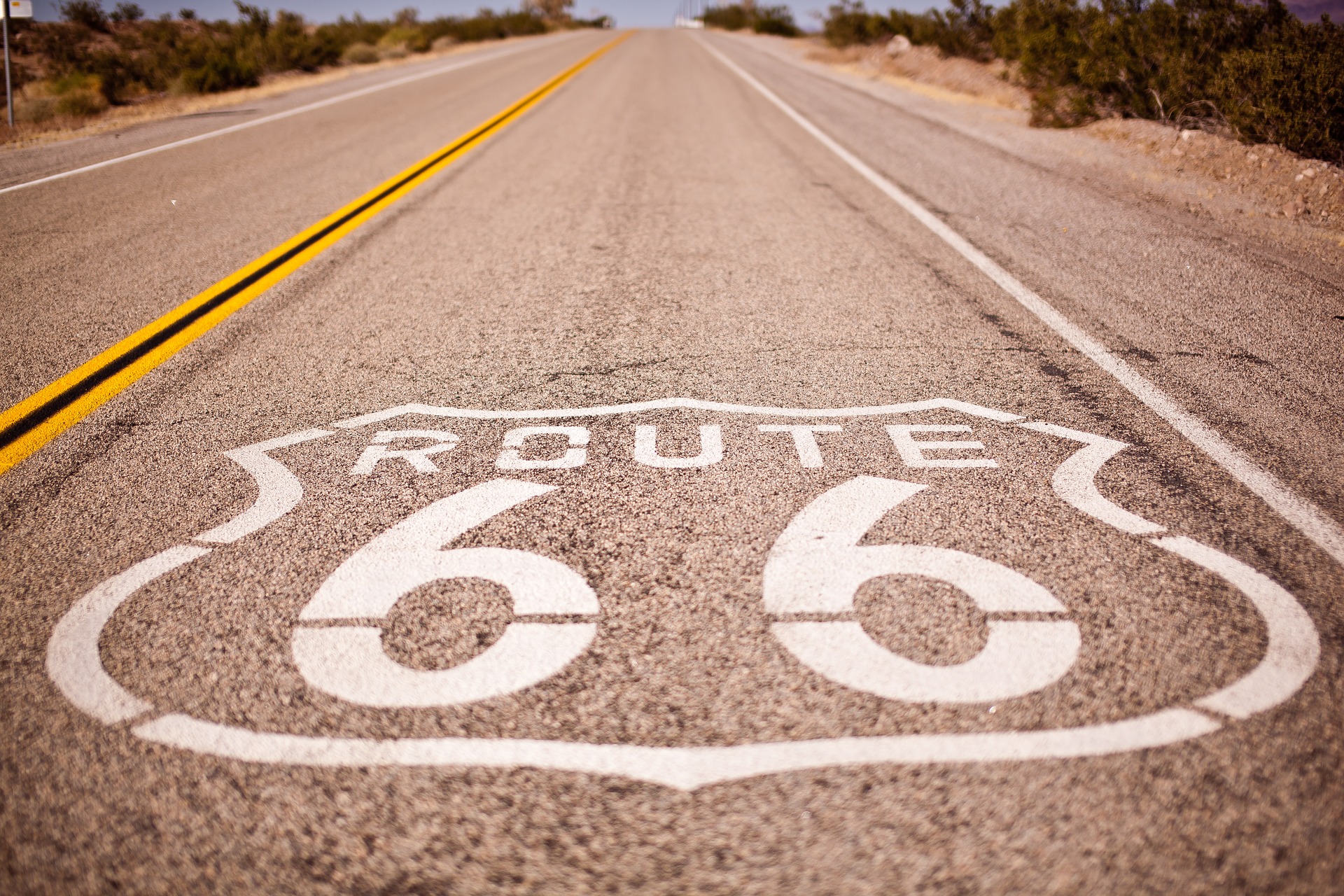

Latest news
Know about the last hour of Abramar. All the news of the sector, actuality and everything in trips.

EUROPE Which Countries Have Open Borders?
Austria and Portugal have announced new restrictions in an attempt to curb the spread of coronavirus.
Last update – November 3, 2020
Closed borders in Europe.
Czech Republic: From 22 October, travel to the Czech Republic is only allowed for essential purposes, such as business, essential family visits or to attend a funeral or wedding. Entry for tourism is not permitted. The next decision will be made on 3 November.
Hungary: From 1 September, foreigners will only be allowed to enter Hungary “in the case that it is very necessary.” Most countries have been placed in the red category, and for the limited countries that arent, strict measures apply for arrivals. Hungarians returning from overseas must self-quarantine for 14 days, or until they produce two negative COVID-19 tests taken two days apart.
Open borders in Europe.
Albania: International flights have resumed to Albania, and travelers do not require pre-departure testing or quarantine on arrival. Arrivals will have temperatures checked and be asked to wear face masks, and quarantine only applies to anyone showing symptoms of COVID-19.
Austria: Entry without restrictions only applies to travelers who have spent the previous 10 days in countries that are deemed safe by the Austrian Foreign Ministry, listed here. For travelers from countries with a travel warning in place, entry is possible with either a medical certificate confirming a negative PCR test result (performed within 72 hours prior), or by self-isolating for 10 days. Exiting quarantine is possible if a negative result is produced within this period.
Belarus: Travelers arriving from countries where COVID-19 cases have been reported (check for the latest updates on the Belarus Government website) must self-isolate for 10 days. Foreign travelers must have a negative PCR COVID-19 test result taken within 48 hours of arrival. Check to see if you require a visa. Foreign travelers must have valid medical insurance to cover their stay.
Belgium: Travel to Belgium is determined by a traffic light system of high, medium and low risk regions in the EU, UK and non-EU Schengen countries. For the most up to date information on where travel restrictions apply, check the Belgian Ministry of Foreign Affairs website. Anyone eligible to enter must fill out a Passenger Locator Form 48 hours before arrival.
Bosnia and Herzegovina: Borders are open for citizens and residents of EU and Schengen countries who arrive with a negative PCR test result no older than 48 hours, unless they fall into an exempt category. For other non-resident foreign nationals, an entry ban is in place, with some with special circumstances. Check for the most up to date information.
Bulgaria: Borders have opened to nationals from some countries, and depending on where you are traveling from you may need to show evidence of a negative COVID-19 test. Check Re-open EU for the latest information.
Croatia: Croatia is open to travelers from the UK, EU and EEA. Travelers must fill out this online form prior to arrival. Quarantine of 14 days has been reintroduced for travelers from countries where COVID-19 is still a high risk, and this list is subject to change.
Cyprus: International arrivals from a limited number of countries are permitted to enter Cyprus, and these countries have been categorized as A (low risk, no restrictions) or B (increased risk by comparison to those of category A, some restrictions). All travelers must complete a Cyprus Flight Pass online and upload PCR test results within 24 hours of departure. Read the latest information on safe travel protocols. Travel from category C (no entry except for citizens/residents) is banned.
Denmark: Borders have opened to limited countries that are marked as yellow on the Denmark government’s website which is updated weekly, and subject to change depending on the infection rate for COVID-19. Travelers from «open» countries must show documentation for a stay of at least six nights. People with a worthy purpose will be allowed to enter from a banned country.
Germany: Travel without restrictions is only allowed if the area is not defined as «high-risk» by the Robert Koch Insitute (RKI). Anyone who has spent 14 days before arrival in an identified risk area is obliged to self-isolate in their own home or suitable accommodation for 14 days, or provide proof of a negative test result for COVID-19 taken within 48 hours prior to entry or be tested on arrival.
Greenland: Travel to Greenland is open to residents of open countries, classified as yellow on Denmark’s government website. All eligible travelers must fill out a Sumut form and obtain a negative RT/PCR test result from a Scandinavian hospital, and the result must be no older than five days from the day you are tested.
Greece: Eligible travelers must complete an online Passenger Locator Form at least 24 hours before arrival. Some travelers must obtain a negative PCR test result 72 hours before entry to Greece. Any passenger may be asked to undergo a COVID-19 test on arrival, and once tested you must self-isolate at the address given on your entry form, and wait for the call with your results.
Estonia: Travelers arriving in Estonia who began their journey from (or transited) a country with a COVID-19 infection rate above 16 cases per 100,000 people for the previous 14 days will be subject to restrictions on the freedom of movement. From 1 September, travelers have the option of taking a test to reduce their self-isolation period. Check here to see the list of countries who are eligible to travel to Estonia without restrictions.
Finland: From 12 October, leisure travel is possible between Finland and the Vatican. Leisure travel is also possible from China (based on reciprocity) Australia, Japan, New Zealand, Rwanda, South Korea, Thailand, and Uruguay. Essential, work-related and return travel is possible from the UK, all Schengen and EU countries. Except for the countries listed as open for leisure travel, self-isolation for 14 days is recommended upon arrival. For the latest information, check Finland’s guidelines for border traffic.
France: Travel to France from most non-EU countries is restricted. For the latest information on who can enter France and requirements, read this link
Iceland: All travelers must fill out a pre-registration form. All passengers arriving from high-risk areas who intend to stay for 10 days or more must undergo 14 days quarantine. To shorten quarantine, you must take a PCR test for COVID-19 upon arrival to Iceland, followed by a second test after 5 days. While waiting for results, you must follow quarantine measures until the result of the second test is known.
Ireland: All travelers must fill out a health passenger locator form. Travelers from Northern Ireland or a green list country will not have to restrict their movements for 14 days upon arrival. All arrivals not on the green list will be asked to restrict their movements for 14 days.
Italy: Travel to Italy without quarantine is allowed from EU member states, the Schengen area, UK, Andorra, Mónaco, San Marino, and Vatican City, unless they have stayed in or transited a country where Italy requires self-isolation in the 14 days prior to arrival. Some third-country nationals are eligible to enter, and you can read more here in the Italy travel alert.
Kosovo: Travelers do not require a COVID-19 test for arrival, and there is no mandatory quarantine. Follow all preventative measures in place.
Latvia: Entry without self-isolation is only allowed for visitors from countries identified here, which have less than 16 COVID-19 cases per 100,000 inhabitants in the last 14 days.
Liechtenstein: The country is in a customs and currency union with Switzerland, and is following Swiss border rules.
Lithuania: Travelers arriving from affected countries listed here must self-isolate, register within 24 hours of entry with health authorities, and may require pre-departure testing. Restrictions differ depending on the COVID-19 infection rate of the population per 100,000 people in the last 14 days.
Luxembourg: Travelers from the European Union and Schengen Area are allowed to enter. For the latest information, check Re-open EU.
Malta: Check Malta’s tourism website to see if you are traveling from a Green, Amber or Red listed country. Passengers from a red listed country must have spent at least 14 days in an Amber or Green listed country. Travelers on the Amber and Red list must show proof of a negative COVID-19 PCR test result carried out within 72 hours of arrival.
Montenegro: Entry to Montenegro is subject to restrictions depending on your country of residence and where you are traveling from. To see which countries are on the Green or Yellow list, the Government of Montenegro is regularly updating this page.
Moldova: From 1 September, travelers from countries with a low epidemiological COVID-19 risk (classified as green areas) are allowed to enter. The list will be updated every two weeks on Friday on the Moldovan Border Police website (click the pdf link at the bottom of the page), where you will also find a detailed list of exceptions to the entry ban.
Norway: Entry to Norway is resctricted. Anyone arriving in Norway from countries where the level of infection is high (marked as «red» on the map here) must self-quarantine for 10 days. If you arrive from a «yellow» area, you are exempt from quarantine.
The Netherlands: From 1 July, The Dutch government has adopted the EU’s recommendation to lift its travel ban for residents of a number of countries deemed safe. This list will be updated every two weeks. All travelers must fill in a health screening form prior to departure, and will be subject to a health check. For the latest information, read the Q&A’s on travel restrictions for the Netherlands.
North Macedonia: International airports are open for commercial flights and land border crossings are open for movement without self-isolation or a PCR test upon entry.
Poland: Poland’s borders opened to travelers within the internal borders of the European Union from 13 June. Restrictions still apply to most travelers from outside of the EU. Check the Polish Government website for the latest list of international flight restrictions.
Portugal: Check Re-open EU for the latest information on who is and isn’t permitted to enter Portugal. Upon arrival at the airport, passengers will undergo a health screening, including temperature checks. If you show signs of being unwell, you will be referred to health authorities. Different measures apply for arrivals to Madeira and the Azores.
Russia: Restrictions on some international flights have been lifted, check with your airline for the latest measures in place. A negative COVID-19 test certificate dated less than 72 hours before travel is required. Self-isolation is required if you develop any symptoms of COVID-19. If you test positive for COVID-19, you must continue to self-isolate until you have recovered and produce a negative PCR test result.
Serbia: Only travelers from Croatia, Bulgaria, Romania and North Macedonia need to show proof of a negative COVID-19 PCR test taken within 48 hours of arrival. All other travelers do not require a pre-departure test or quarantine upon arrival. International visitors are encouraged to have travel insurance that covers COVID-19. Find out if you need a visa to travel to Serbia.
Slovakia: Unrestricted cross-border movement is allowed from countries Slovakia has deemed as «safe» from an epidemiological point of view. The list of countries is updated frequently on the Ministry of Foreign and European Affairs of the Slovak Republic website. If you arrive from any country which is not listed, or if you have visited an unlisted country within the previous 14 days, you must self-isolate on arrival and register with your regional Public Health Authority office, who will contact you after at least 5 days to arrange a COVID-19 PCR test.
Slovenia: Anyone traveling from an epidemiologically safe country identified on the Slovene Government’s green list may enter without quarantine. Arrivals from countries listed on the Amber or Red list may have to quarantine for 10 days.
Spain: Borders are open to travelers from the EU and all Schengen Area countries without quarantine. Entry restrictions have been lifted for some approved ‘safe’ countries recommended by the EU, check Re-open EU for the latest information. All travelers must fill out and sign the FCS form, and present the QR code upon arrival.
Sweden: Borders are open without restrictions to travelers from the EU, Switzerland, Norway, Liechtenstein, Iceland and the UK. Citizens from outside the EU and Schengen Area from approved countries are allowed to enter. The list is being updated regularly at Re-open EU.
Switzerland: Swiss borders have reopened to travelers from EU Member States, Iceland, Norway, Liechtenstein, and the United Kingdom. Read the FAQs if you are a third-country national. From 6 July, travelers from certain countries must quarantine for ten days, regardless of their nationality – see the Swiss Federal Council website for the latest list.
Romania: Arrivals from countries with a high rate of COVID-19 infection should self-isolate at home or quarantine for 14 days. Travelers from countries with a lower or equal rate of COVID-19 transmission to Romania in the last 14 days are allowed to enter without restrictions. Click here for the latest list of countries, which is being updated weekly.
Ukraine: From 28 September, travelers from countries in the green zone, listed here, are allowed to enter. Travelers from the green zone will not be required to self-isolate. Foreign nationals must have a Health Insurance Certificate that confirms cover for COVID-19 treatment and observation – the insurance policy must be issued by a company registered in Ukraine.
United Kingdom: Within 48 hours of arrival in the UK, all travelers must complete this online form. Most travelers are required to self-isolate for 14 days upon arrival to the UK, unless arriving from countries listed on the travel corridor exemption list. Different rules apply through the UK with the national governments of England, Wales, Scotland and Northern Ireland easing restrictions in different phases and at different times.
Quizás te interese:
COVID-19 TESTING RULES EXPLAINED FOR TRAVEL TO EACH EU
The most common measure to crack on the spread of the virus, taken by the EU and Schengen Area countries, has been additional testing obligations, mainly pre-departure, for incoming travellers. Yet, each member state has its own rules and requirements when it comes to testing for COVID-19, as explained below.
NEW ENTRY PROTOCOL IN SPAIN
The measures taken to monitor and control the spread of COVID-19 arising from international movements of people are based on specific public interest reasons and limited for reasons of public health protection.
Abramar is here to help you
Due to the situation generated by the virus COVID-19, Abramar viajes has activated the opportune measurements to answer to the current situation in the best possible way, assuring your attention and safeguarding the health and the safety of all our personnel.
UNITED STATES OPENING IN NOVEMBER
The United States will reopen in November to air travelers from 33 countries. Those countries are China, India, Brazil and most of Europe who are fully vaccinated against COVID-19.










